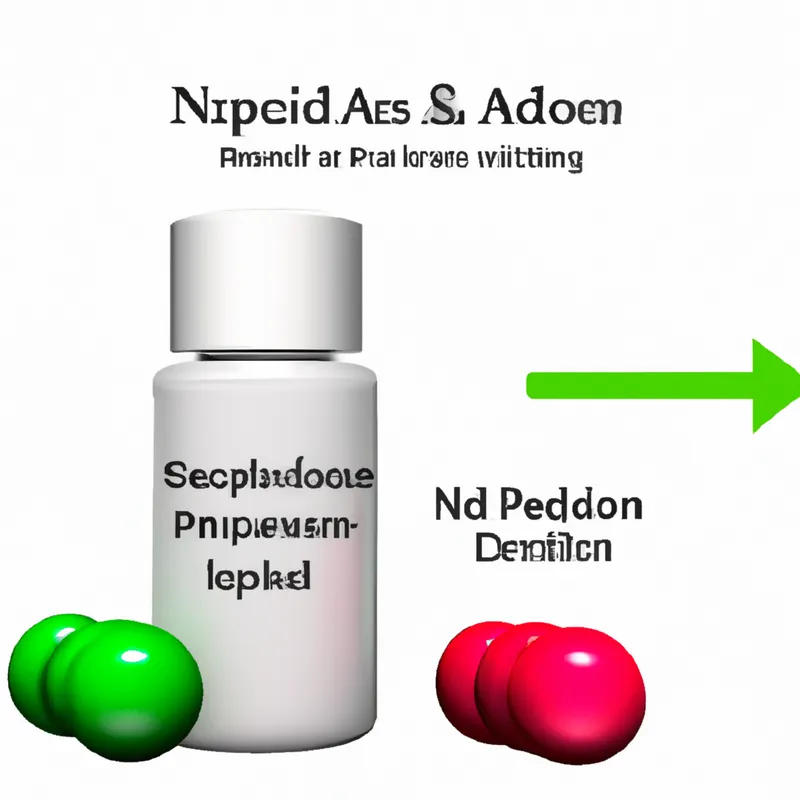Combat Environmental Toxins to Preserve NAD+ Levels
How Environmental Toxins Affect NAD+ Levels
In recent years, people have recognized the impact of environmental toxins on health. Many harmful substances can significantly lower NAD+ (Nicotinamide Adenine Dinucleotide) levels in the body. NAD+ serves as a crucial coenzyme for energy production, cellular repair, and metabolic processes. Understanding how toxins influence NAD+ empowers you to make informed health choices.
The Role of NAD+ in the Body
NAD+ plays a vital role in various biological processes. It acts as a cofactor for enzymes in redox reactions, essential for energy production. NAD+ helps convert food into ATP (adenosine triphosphate), sustaining energy levels. Additionally, NAD+ aids in DNA repair, maintaining genomic integrity. It also regulates cellular metabolism and signaling pathways.
When NAD+ levels remain optimal, the body functions efficiently. However, environmental toxins can disrupt this balance, decreasing NAD+ levels and impairing cellular function.
Common Environmental Toxins
Environmental toxins infiltrate our air, water, and food. Here are common toxins that adversely affect NAD+ levels:
1. **Heavy Metals**: Lead, mercury, and cadmium harm health. They accumulate over time, disrupting metabolic processes and generating oxidative stress.
2. **Pesticides**: Agricultural chemicals often contain neurotoxins that interfere with NAD+ synthesis. Chronic exposure to pesticides links to various health issues, including neurodegenerative diseases.
3. **Industrial Chemicals**: Solvents and chemicals used in manufacturing cause oxidative stress and inflammation. This stress depletes NAD+ levels over time, affecting cellular health.
4. **Air Pollution**: Particulate matter and pollutants trigger systemic inflammation and oxidative stress. Exposure to air pollution negatively impacts NAD+ production.
How Toxins Deplete NAD+
Environmental toxins deplete NAD+ through multiple mechanisms. One primary mechanism involves oxidative stress. Toxins often lead to free radicals’ overproduction, damaging cells, proteins, and DNA. This damage compromises mitochondrial function, which regulates NAD+ levels. Impaired mitochondria reduce NAD+ production.
Additionally, toxins can inhibit enzymes necessary for NAD+ biosynthesis. Certain heavy metals disrupt the activity of key enzymes for synthesizing NAD+. This disruption compromises the body’s ability to maintain adequate NAD+ levels, leading to various health issues.
The Interplay Between NAD+ and Ox
Conclusion
Environmental toxins significantly impact NAD+ levels, affecting overall health. Understanding this relationship helps you make better health decisions.
Below are related products based on this post:
FAQ
What is NAD+ and why is it important for the body?
NAD+ (Nicotinamide Adenine Dinucleotide) is a crucial coenzyme involved in energy production, cellular repair, and metabolic processes. It helps convert food into ATP, which sustains energy levels, aids in DNA repair, maintains genomic integrity, and regulates cellular metabolism and signaling pathways.
How do environmental toxins affect NAD+ levels?
Environmental toxins, such as heavy metals, pesticides, industrial chemicals, and air pollution, can significantly lower NAD+ levels. These toxins lead to oxidative stress, inhibit enzymes necessary for NAD+ biosynthesis, and compromise mitochondrial function, all of which disrupt the balance of NAD+ in the body.
What are some common environmental toxins that deplete NAD+?
Common environmental toxins that adversely affect NAD+ levels include heavy metals like lead, mercury, and cadmium, agricultural pesticides that contain neurotoxins, industrial chemicals used in manufacturing, and air pollutants that trigger systemic inflammation and oxidative stress.















Post Comment